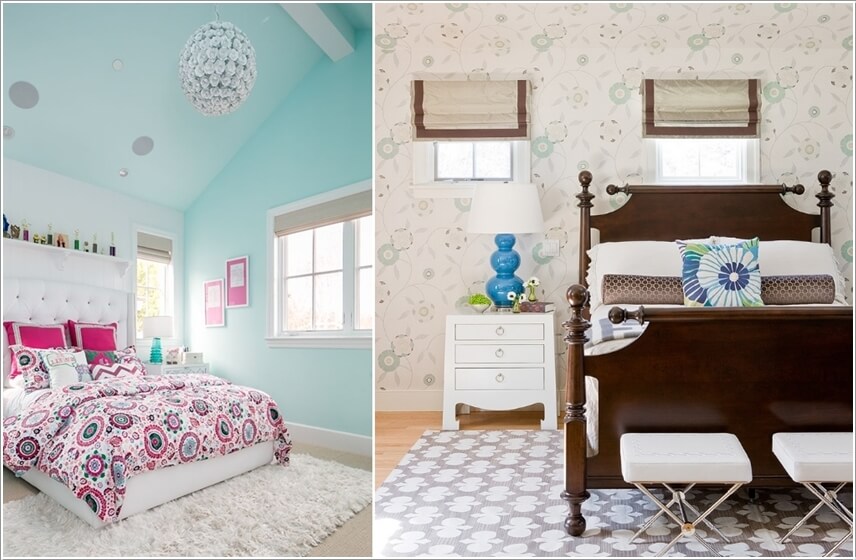Lighting defines how we experience and comprehend architecture. Irrespective of the type of lighting used, artificial or natural, lighting can highlight the architectural beauty of a building.

Further, lighting is both functional and decorative. It’s functional in illuminating interior spaces at night and decorative in the way that it enhances the beauty of a home. Here’s everything you need to know about architectural lighting:
Top 4 Aspects of Architectural Lighting
-
Lighting Adds Emotional Value to Architecture
Lighting gives architecture an emotional value. It can give you an experience like no other. Can architecture exist without lighting? Can architecture have the same effect without lighting? Light highlights various architectural features. It draws attention to colors, textures, and space forms to assist architecture attain its authentic purpose.
Vision enables us to enjoy marvelling at architecture. It enhances our perception of architecture for an exceptional experience.
-
Architectural Lighting is Aesthetic
Architectural lighting is a perfect balance between architecture and lighting. Architects and designers emphasize on the emotional effect of balancing architecture and lighting on the occupants of a building. They determine how people should feel around their space, especially business locations.
Exterior lighting is designed to draw potential customers into stores. And, interior lighting awes them for an awesome experience inside. Interior lighting also highlights products in store to promote sales. Striking a balance between lighting and architecture is focused on improving the aesthetic beauty of buildings.
-
Architectural Lighting is Functional
Architectural lighting is designed to illuminate interior and exterior spaces. Light is designed to give a specific ambience, feel and look. It also helps with sight. A properly illuminated room or entire building makes navigation easy. It also ensures occupants feel safe in their own homes.
With architectural lighting, everything indoors and outdoors is highlighted and becomes visible.
You can see the walls, floor, ceiling and other architectural features of structures. It gives homeowners and building occupants a reassurance feeling.
Lighting can also make small spaces appear more spacious if used properly. Natural light can be reflected to further illuminate interior spaces. Fixing a mirror opposite a window can ensure a room is well-lit with natural light.
-
Architectural Lighting is Energy Efficient
With sustainability movements and the need for green construction to protect the environment, it’s necessary to adopt the use of energy-efficient lighting. And, that’s exactly what you get with architectural lighting. It’s not just designed in breath-taking layouts and designs, but saves on energy.
The designs ensure that lighting reach their optimal targets, causing little to no wastage. With energy-efficient lighting, the architecture of buildings also become efficient. Unlike fluorescent lighting, LEDs are more energy-efficient. It leads to minimal wastage of light and thus energy. This has been attributed to their directional nature of lighting.
Whether you’re new to architectural lighting or familiar with the topic, there’s always something new to learn. It’s all about knowing what you want, doing some research, learning a few things and making the right choices.
Find a lighting store near you to buy energy-efficient architectural lighting for your home or apartment.
